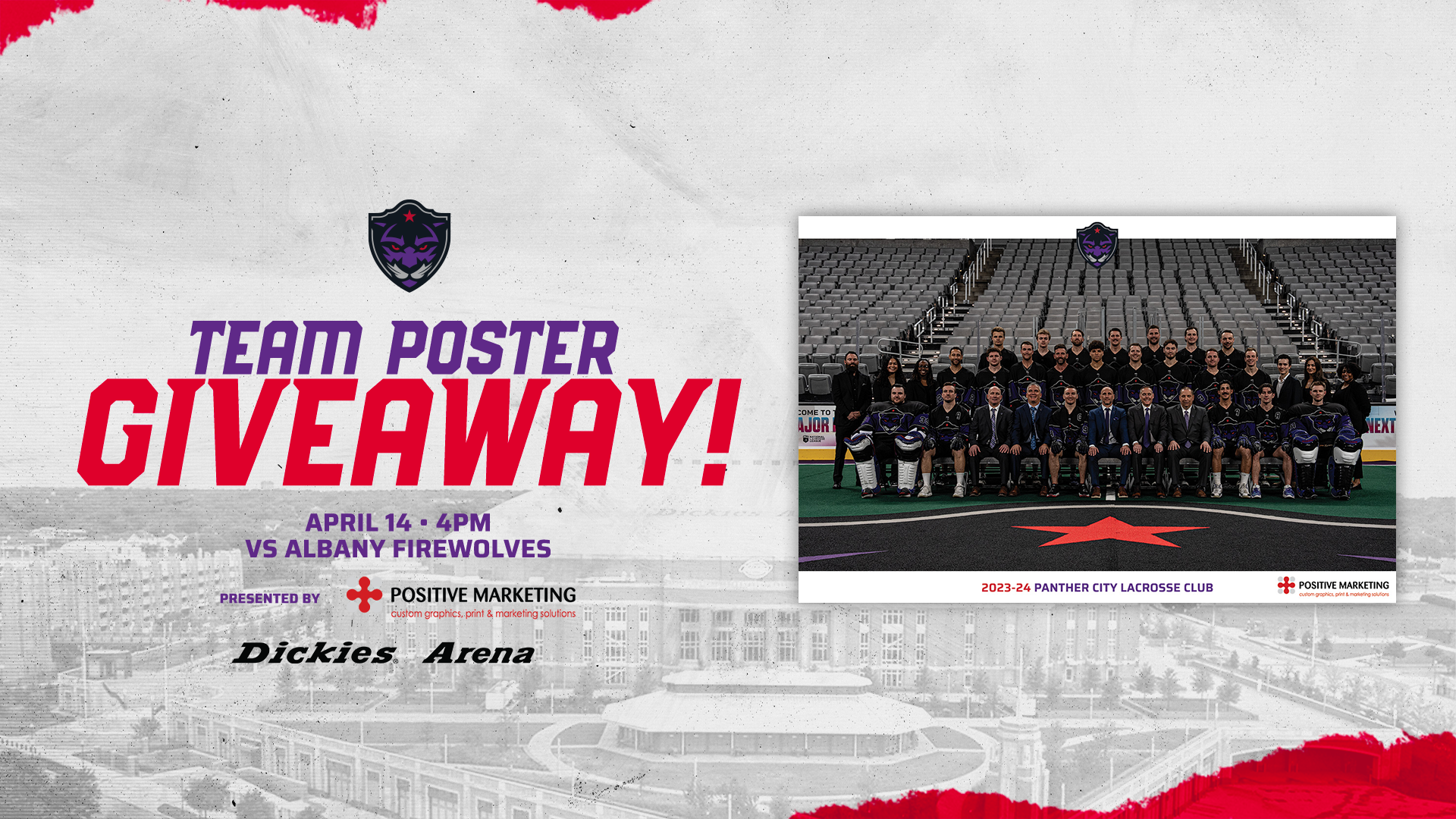Like all sports, there are rules in place designed to create competitive fairness and help encourage player safety by penalizing aggressive behavior.
Players caught violating any rules are penalized and, depending on the severity of their infraction, spend time in the penalty box.
While a player is in the box, their team plays with one less player.
So instead of a typical 5-on-5 play, a team with a player in the box is playing man-down. A team benefiting from an opponents’ penalty is man-up or on the power play; the offending team is on the man-down or penalty kill.
This page will go over the different types of penalties, what necessitates a penalty shot, which penalties result in a player’s ejection, and the common signals you’ll see from referees.
Technical penalties-
For less serious offenses and result in a change of possession.
Common technical penalties:
- Illegal Pick – A pick which usually knocks an opponent down
- Crease Violation – A player either steps into the crease with possession of the ball or runs through the crease without the ball and receives a pass.
- Thirty-Second/Shot Clock Violation
Minor penalties-
Handed out to players who commit fouls and are removed from the floor.
The offending player sits in the penalty box for either two minutes or until the opposing team scores a power play goal, whichever comes first.
Before each game, a player is designated as the “in-home” player. This player will serve any bench minor penalties or penalties committed by the goalie.
Common minor penalties:
- Bench Minor
- Too many men on the floor, illegal substitution
- Dead Ball Foul
- Contact against an opposing player when play has not started
- Holding
- Grabbing an opposing player’s stick
- Slashing
- A player forcefully hitting an opponent with their stick. Non-aggressive stick contact to the opponent’s stick or hands of the ball carrier typically is not penalized.
- Unsportsmanlike
- Abusive language to refs, intentionally moving the goal, attempting to draw a penalty by “taking a dive,” etc.
If players on both teams commit coincidental penalties, then the offending players will head to the penalty box. The teams will play 5-on-5 lacrosse.
Players in the box will not be able to enter the floor until a stoppage in play – either a goal being scored, another penalty called after their 2 minutes in the box, or a timeout.
Goals scored during coincidental penalties do not release the offending players.
If a team scores while their player is in the penalty box – otherwise known as scoring a shorthanded goal – it does not release their player.
Major Penalties-
Serious infractions resulting in the offending player sitting in the penalty box for either five minutes or if the opposing team scores two power play goals, whichever comes first.
A number of major penalties would be minor penalties but are considered egregious in the referee’s judgement.
Common major penalties:
- Boarding
- Hitting a vulnerable opponent violently into the boards
- Body/Cross Check
- Violently checking a vulnerable opponent from behind, above the shoulders, or above the waist
- Elbowing
- Hitting an opponent with an extended elbow
- Fighting
If a player commits two major penalties within a game, that player will be removed for the duration of the game. The in-home player will serve the second major penalty.
Players who commit a second major penalty are also assessed a game misconduct.
Game misconduct-
Result in the player being suspended for the remainder of a game.
These penalties are for 10 minutes, and a substitute player serves the offender’s time in the penalty box. The in-home player will serve the offender’s minor or major penalty assessed prior to the game misconduct.
Situations which warrant a game misconduct being assessed:
- Any player who incurs a total of three major penalties in a regular season or playoff games
- Fighting
- Abuse of officials
Match penalties-
Result in the offending player being suspended for the remainder of the game and ordered to the locker room.
The in-home player serves the offending player’s time in the penalty box. They are released when the penalty’s time has expired or three power play goals are scored.
A match penalty automatically suspends the offending player for one or two games depending on the severity of the offense.
Further fines and/or suspensions are handed out by the League Office.
Gross misconduct-
Assessed against players who interfere with or strike a spectator; make racial, gender, religious, sexual orientations taunts, and/or slurs; and/or spits on or at an opponent, spectator, or referee.
Ten minutes are charged in the records of the offending player, and they are removed from the game.
The offending player is also assigned a match penalty, and further fines and suspensions can be levied.


